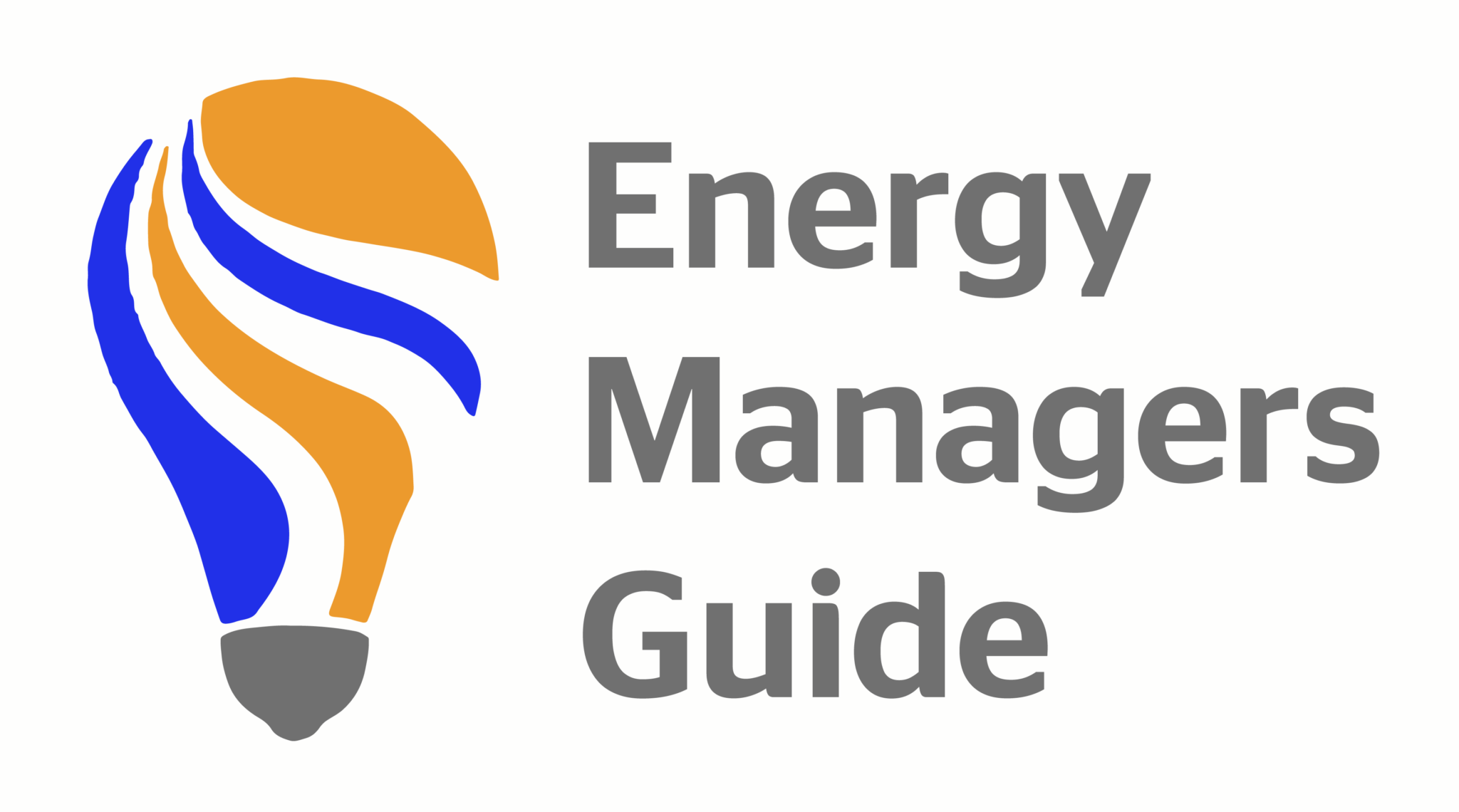Power factor monitoring plays a pivotal role in effective energy management within high-consumption facilities, offering crucial insights into the efficiency of electrical power consumption. This article delves into the significance of power factor monitoring, explaining its impact on overall energy use and how it can lead to substantial benefits.
Understanding Power Factor
In manufacturing facilities, various equipment introduces inductive reactive currents into the electrical supply. These currents, arising from motors, compressors, welding sets, and lighting systems, can significantly impact the efficiency of power consumption.
Power factor, measured on a scale from zero to one, indicates how efficiently electrical power is utilised. A purely resistive load, with a power factor of one, implies that voltage and current are perfectly in phase, allowing all power to be used for useful work. However, in the presence of reactive components, such as those introduced by inductive loads, the power factor diminishes, and energy efficiency decreases.
Consequences of Low Power Factors
Most loads exhibit a combination of resistive and reactive elements, with ideal electrical efficiency hovering around 1.00 power factor. Unfortunately, in typical commercial or industrial settings, inductive loading often reduces this efficiency to around 0.80 power factor. Low power factors are undesirable as they necessitate the supply of more current than is actually needed, resulting in heavier equipment, inefficient energy use, and increased electricity costs. Organisations with poor power factors may even face premium charges from utility companies.
Benefits of Power Factor Monitoring
Power factor monitoring becomes a vital tool for energy managers seeking to optimise efficiency. Selecting an energy monitoring device with the capability to measure power factor provides a comprehensive understanding of energy usage and facilitates the planning of efficiency measures. Improving power factor not only leads to energy savings and cost reduction but also enhances electrical capacity. As the power factor of a system improves, the total current flow decreases, allowing for the addition of extra loads to be served by the existing system.
Efficient Energy Data Loggers
Efficient energy data loggers play a key role in this process. When evaluating overall energy efficiency, it is crucial to choose a data logger that records power factor alongside single and three-phase power usage (for example, ClearVUE.Zero). These loggers accurately measure how effectively electrical power is being used, enabling facilities to introduce corrective measures that target inductive reactive currents. This can be achieved through the installation of new or specialised equipment, including dedicated integrated circuits.
Conclusion
Power factor monitoring is not just about understanding energy consumption; it is a strategic step towards unlocking efficiency and minimising operational costs in high-consumption facilities. By focusing on power factor, organisations can make informed decisions, improve energy efficiency, and pave the way for a more sustainable and cost-effective energy future.







